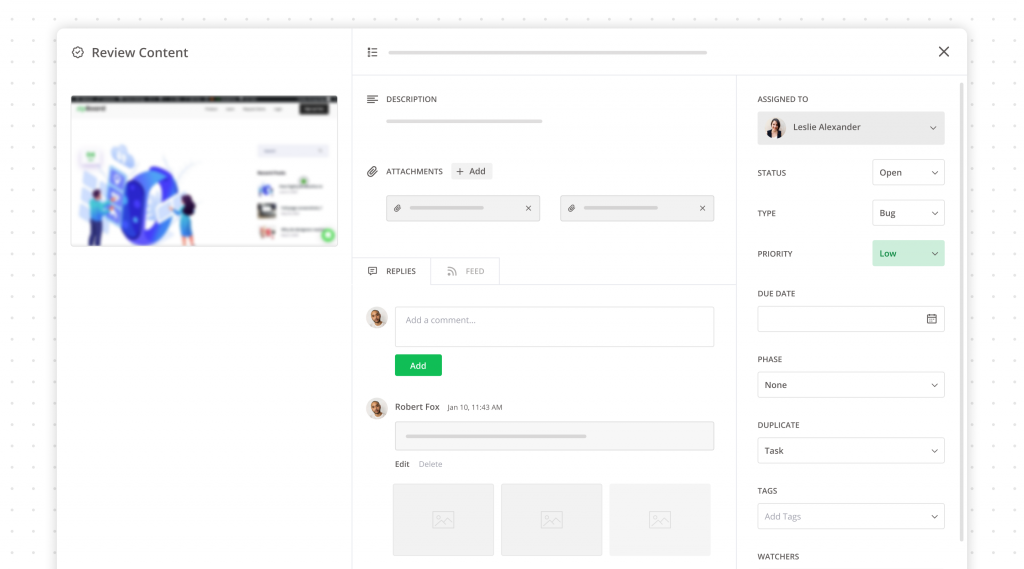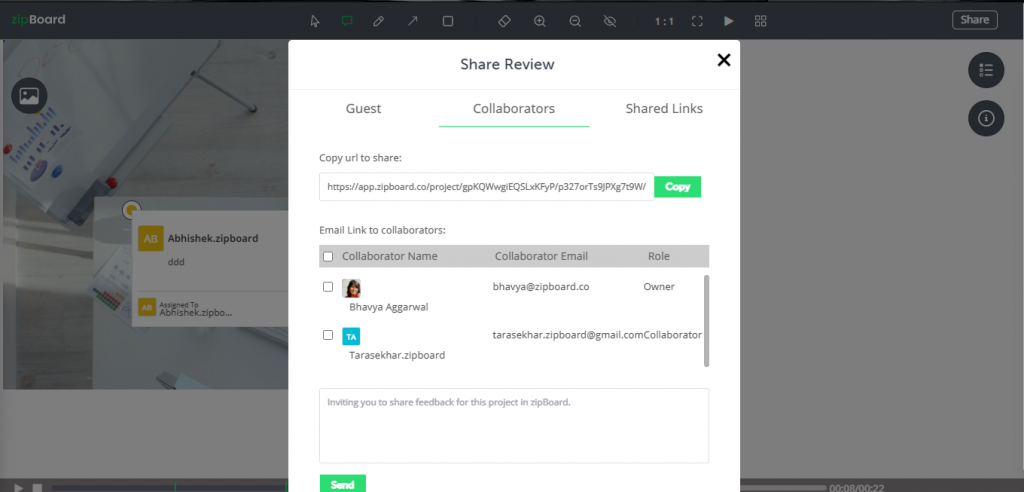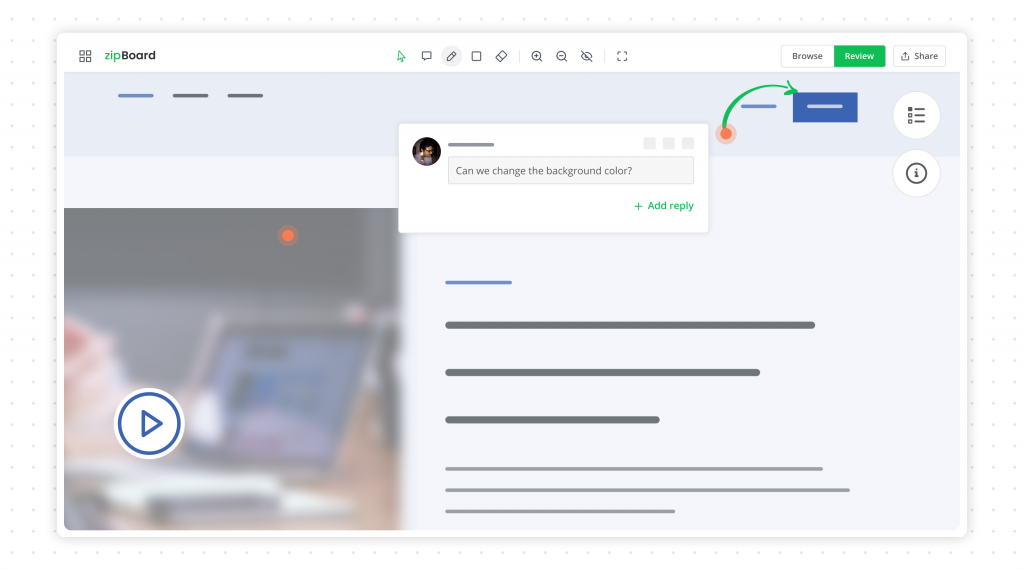How to Write a Bug Tracking Report
09 Dec
Table of Contents
ToggleIf you own a computer, chances you’ve seen a bug. In most cases, a report can be generated quickly. Such a report is referred to as a bug report. A user’s ability to effectively write a bug tracking report helps to fix a software problem.
The process of preparing a bug report is a skill that can be learned. With this article, any individual can learn how to write a report quickly.
Definition of a Bug Tracking Report
A bug tracking report supports testers and software developers. It updates them with the latest problems concerning the software. By providing the relevant information, they can better develop solutions. A well-written bug tracking report functions as a systematic description of a problem, it gives developers the direction to follow when trying to solve an issue. Many managers have yet to realize the importance of this. Some even wonder why bug tracking is important.
Some of the benefits of a bug tracking report include:
- helping to organize the workflow of developers,
- telling developers what needs to be addressed first,
- allowing for the delegation of duties within a team,
- improving customer satisfaction,
- serving as a learning opportunity for future projects and
- improves conversion rate.
Before jumping into writing a bug tracking report, we must understand the qualities of a good bug report. A quality bug tracking report:
- Has a specific bug number, this number will serve as a unique identifier for the issue. As a result, testers and software developers can know what problem they are dealing with. Additionally, a description should go together with the bug number.
- Contains the steps required to reproduce the bug. If a bug is not reproducible, then it can’t be fixed.
- Is written in good English. It should also be specific and free of errors. For the best result, one can use a writing service to create quality reports. With aid from professional writers, an individual can obtain a high-quality bug report.
- Contains only one problem. Combining more than one problem will not get the problem solved.
Writing a Bug Tracking Report

A bug tracking report can be created by following these steps.
Develop an Outline
The outline of a bug tracking report should be specific. This outline will serve as a template and enable problem resolution. Below are essential fields of a bug report.
- Bug Number –a unique identifier that differentiates the report from another.
- Name of the reporter – this field should contain the name, email address, and a unique identifier (if applicable) of the reporter.
- Product description –include the name and the serial number of a product or software.
- Version –the version of the product or the software in question.
- Component description – if the bug is localized to the components, their information should be included.
- Platform – detailed information about the physical product with bugs should be stated.
- Severity –specify the effect of the bug on the system. The severity of the bug can be measured using a scale of one to six. With one meaning minor enhancement being required and six meaning the application being blocked.
- Priority –how fast the bug should be resolved.
- OS –the type of operating system. These OSs can be macOS, Linux, or Windows.
Once a user has collected this information, they can compose a comprehensive bug-tracking report.
All of these details and much more can be accumulated in a centralized place for proper data management and access.

Produce a Summary
Next, a user will need to develop a summary of the bug they experienced. This summary describes the problem, indicating how it occurred and how to recreate it. Additionally, it will include all information that helps the developer understand and solve the bug. Include timestamps, screenshots, and other relevant details.
Define the Scope of the Bug
This section of the report provides detailed information about the bug such as the impact of the problem on the business and customers. List out all the issues they encountered in order of priority and include how fast they require the bug to be resolved.
Communicate the Report
Once the report is completed, let your team members know. Coworkers and other relevant stakeholders should be aware of the problem. Equally, the report must be sent to the person responsible for resolving it. This person can be from within or outside the organization. Likewise, other staff members should be in the loop about who is going to handle the issue.
Aftermath Report
When the bug has been resolved, a report that describes how it was resolved should be made. Again, it should be distributed to relevant individuals. The report should contain how the bug developed, and the steps taken to solve it. Creating this report will help users know how to handle similar bugs in the future.
This becomes easier when you have multiple collaborator helping you with that review.

Pro Tips for Writing a Bug Tracking Report
Follow these tips before sending a bug report.
- When testing or using a system, report a bug as soon as it appears. Delaying a report can affect reproducibility. The longer you wait, the more likely you will forget some details.
- Before sending the report, reproduce a bug multiple times. A good rule of thumb is to do it three times. Afterwards, you will have clear steps for reproducing the bug. This makes the job of the developers easier.
- Experiment with modules of the same type to determine if the bug is specific to a device or not.
- Read and reread a bug report before sending it out. Make sure the report is clear to read. Similarly, avoid using abusive language under any circumstance.

In Conclusion
Writing a bug tracking report is a crucial aspect of managing systems. A bug tracking tool helps testers and software developers stay in tune with a problem concerning the software. Creating a bug report has various benefits for both users and developers. When writing a bug report, follow the above steps.
Track Bugs Visually Better with zipBoard
Get a personalized demo to learn how zipBoard can help you make your products better.
Request a Free DemoAbout the Author
 Jessica Fender is a writer with experience writing about software and emerging technology. She has been involved with creating articles and blog posts for several platforms. When she is not writing, Jessica loves to read books and travel. In addition, she provides programming services to different clients from around the globe.
Jessica Fender is a writer with experience writing about software and emerging technology. She has been involved with creating articles and blog posts for several platforms. When she is not writing, Jessica loves to read books and travel. In addition, she provides programming services to different clients from around the globe.
Want to learn more? Check out how tracking bugs visually can help move your entire bug tracking process that much faster.
Recent Posts
- Best Practices for Efficient Document Reviews and Collaboration December 18, 2025
- MEP Document Management: How to Streamline Reviews & Avoid Rework October 3, 2025
- What Is Online Proofing Software? And Why Content Review Breaks Without It July 11, 2025
- How Laerdal Medical Cut eLearning Review Time by 50% with zipBoard’s Visual Review Tool July 9, 2025
- Why Your Team Needs a Content Feedback System (Not Just Comments in Docs) May 28, 2025
©️ Copyright 2025 zipBoard Tech. All rights reserved.


